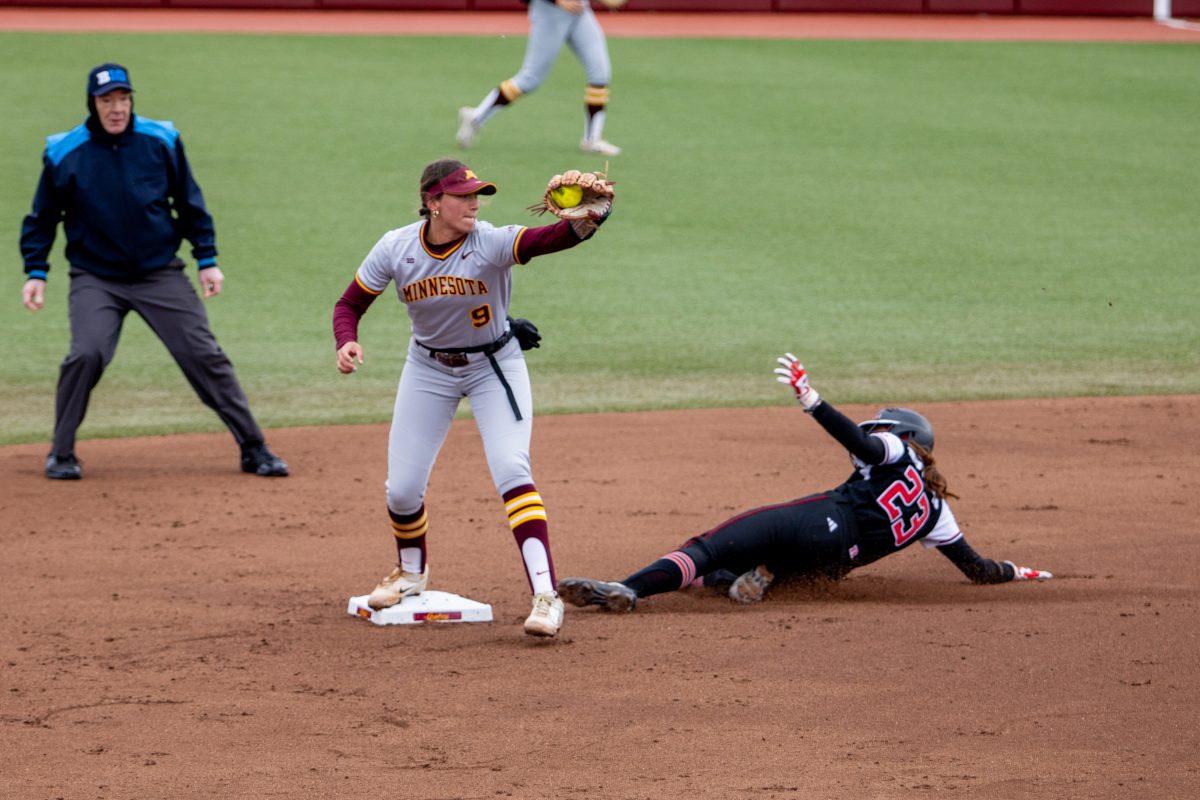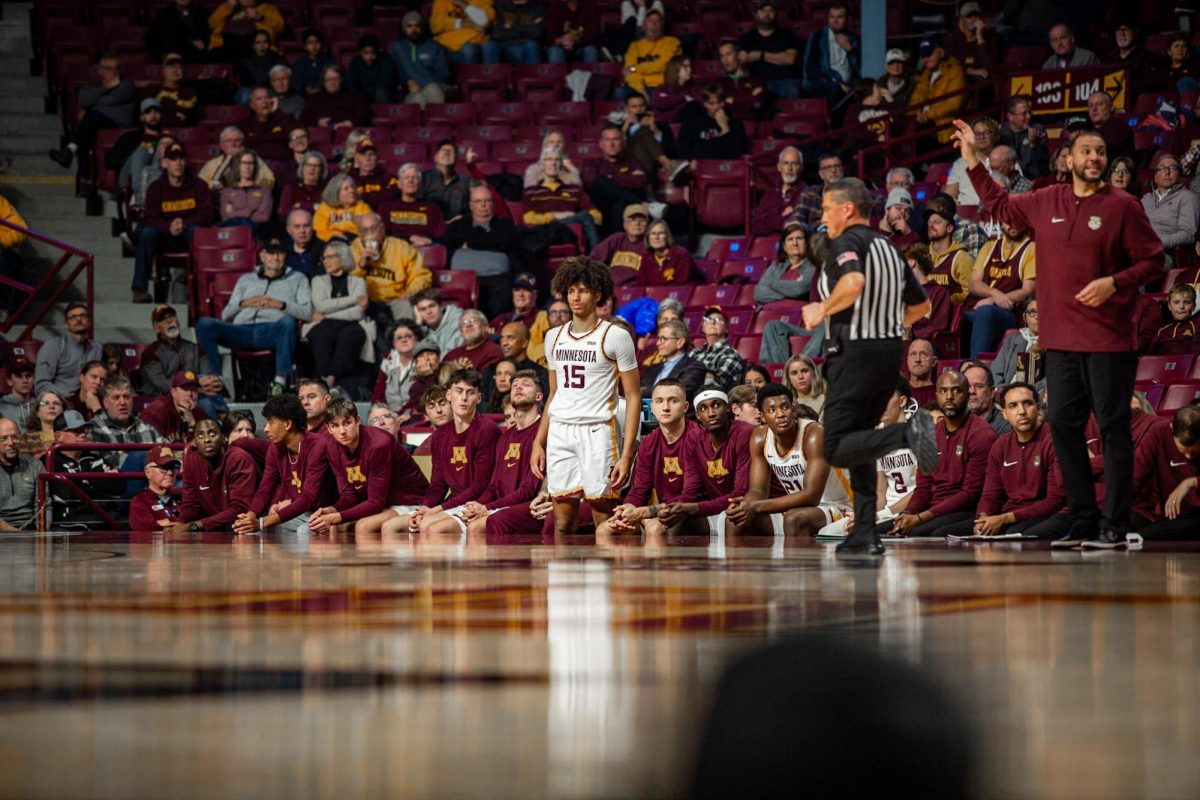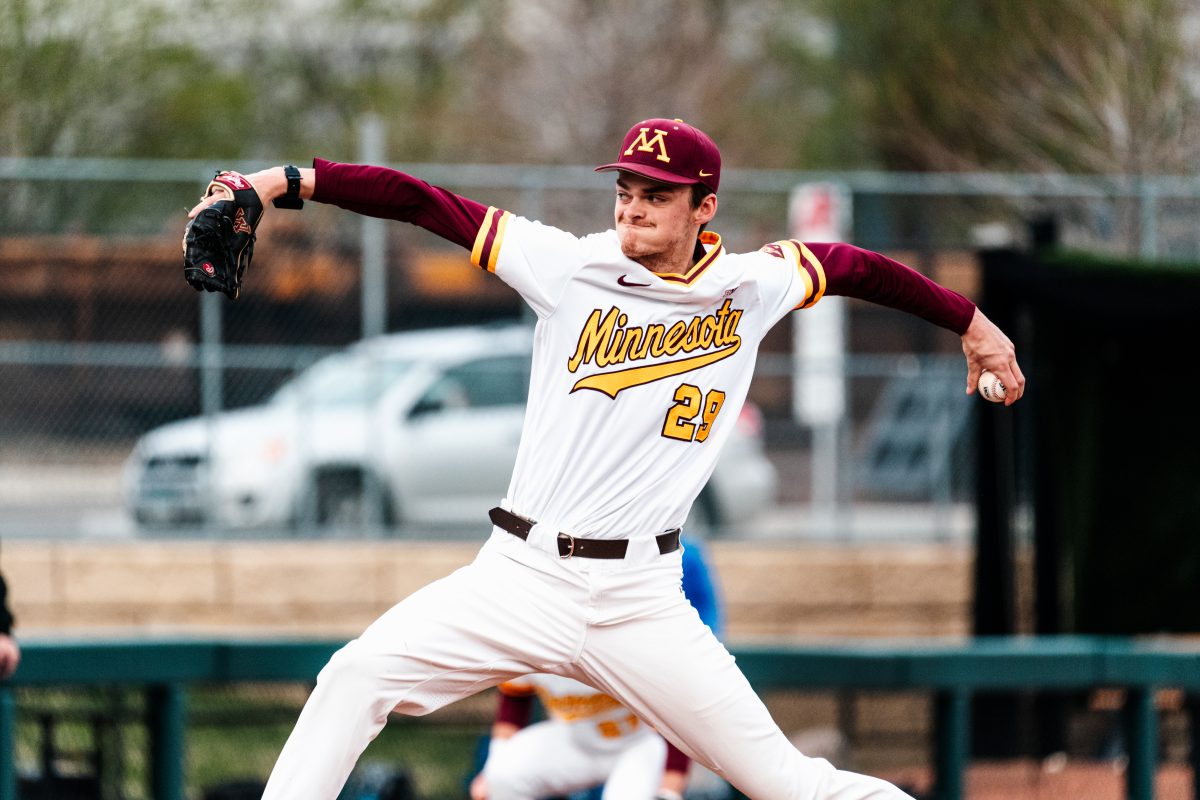While hockey may have a smaller footprint than the other four major sports, it has excelled at providing alternative pathways to the professional level outside of the collegiate system.
For decades, various avenues to the professional level have been available for young hockey players, but for young basketball players, their options are limited. Because the NBA requires players to be one year out of high school before entering the league, the process for athletes to turn pro has almost exclusively run through NCAA Division I programs.
But in April, top-ranked prospect Jalen Green turned down college offers and elected to play in a recently created NBA program that could provide competition to the “one-and-done” system.
The Professional Pathway Program was established in 2018 as an alternative route for high-ranked prospects to reach the NBA. It allows athletes to play in the NBA’s G-League immediately out of high school where they would be offered what the NBA calls Select Contracts. These Select Contracts offer athletes “$125,000 for the five-month season… year-round professional growth and will include opportunities for basketball development, life skills mentorship and academic scholarship.”
Hockey has had a similar system in place with its junior hockey leagues. While many junior hockey leagues remain amateur, meaning athletes are not paid but retain their college eligibility, others provide athletes with a weekly stipend.
Gophers’ hockey players Ben Meyers and Jack LaFontaine both spent time in amateur leagues in the United States and Canada respectively, prior to their tenure at the University of Minnesota. Meyers took an increasingly popular route among American players, following up his high school career with two seasons in the United States Hockey League.
The USHL is becoming a common pit stop for players because of its amateur status, allowing them to retain their NCAA eligibility while taking extra time to further their skills. Contrary to the Professional Pathway Program, athletes participate in the USHL with the intention of also playing for a college program afterward. For Meyers, playing in the USHL helped him mature not only on the ice, but off the ice as well.
“You’re doing your own dishes, your own laundry, and most kids just aren’t used to that,” he said. “There’s definitely a lot more responsibility and then you have to be away from your family.”
Meyers thinks more and more athletes who aspire to play in college will elect to play in the USHL first.
“I think more people are starting to realize that juniors benefit them greatly and prepares them for college unlike anything else,” he said.
While several leagues within the Canadian Hockey League offer their players stipends, LaFontaine elected to play in the British Columbia Hockey League, which maintains amateur status. LaFontaine turned to the juniors to refine his skills after his stint at Michigan, something he wishes he would have done prior to entering college.
“I came in as a true freshman, and I wasn’t ready, to be honest with you. It’s not a maturity issue as much as it was that physically, mentally and even emotionally – there’s a gap there,” he said. “In a perfect world, if I could go back, I’d play two extra years and just get more games under myself. Because [goaltending] is a position where muscle memory is huge.”
LaFontaine pointed to Meyers as an example of the benefits of coming into college a bit older, saying Meyers was one of their top contributors. He fully expects to see Meyers playing professionally one day, in part because of his preparation in the juniors before arriving at Minnesota.
While hockey’s juniors system is often combined with collegiate play, rather than a method of circumventing it, it draws a number of similarities to the NBA’s latest initiatives. LaFontaine sees the Professional Pathway Program as something that could greatly benefit young athletes, similar to how the juniors helped in his development.
“It’s a cool initiative to have in the sport of basketball that is an alternative to college, but also gives a different group of basketball players the opportunity to chase their dreams.”














